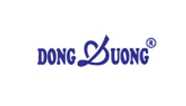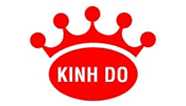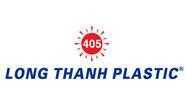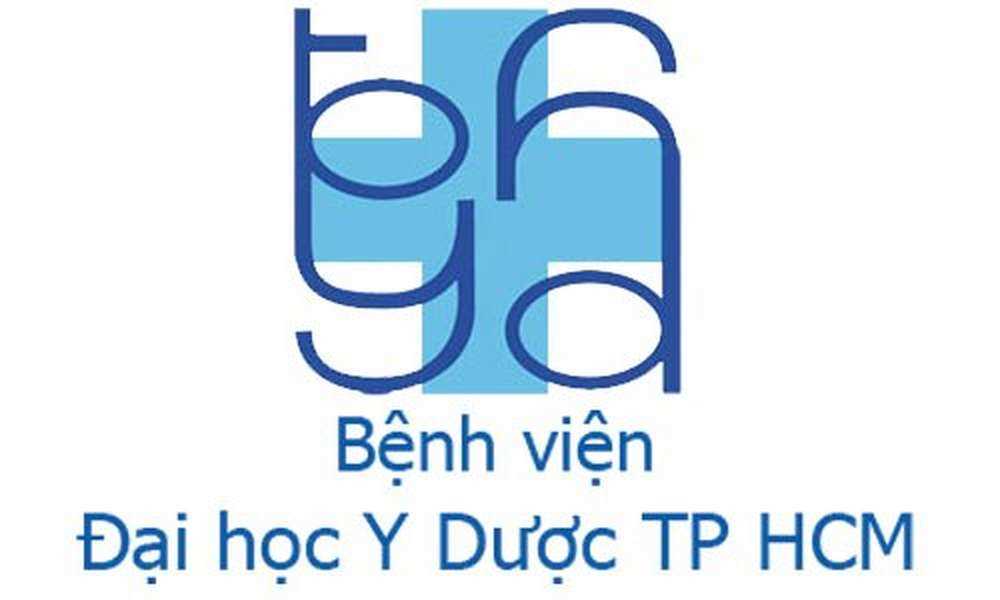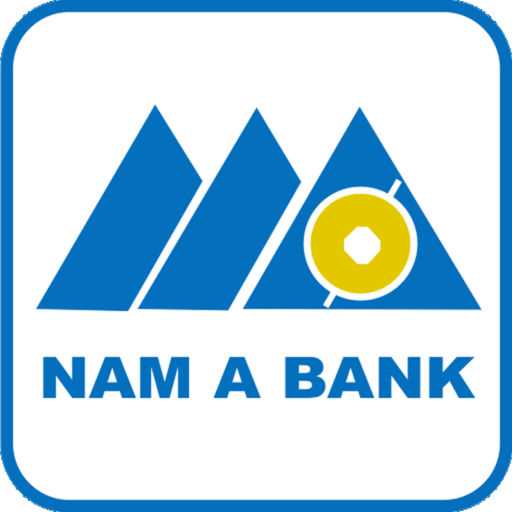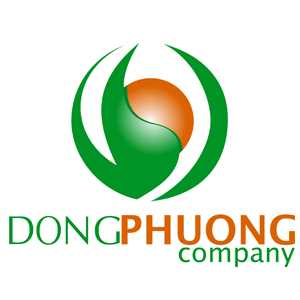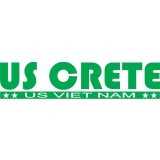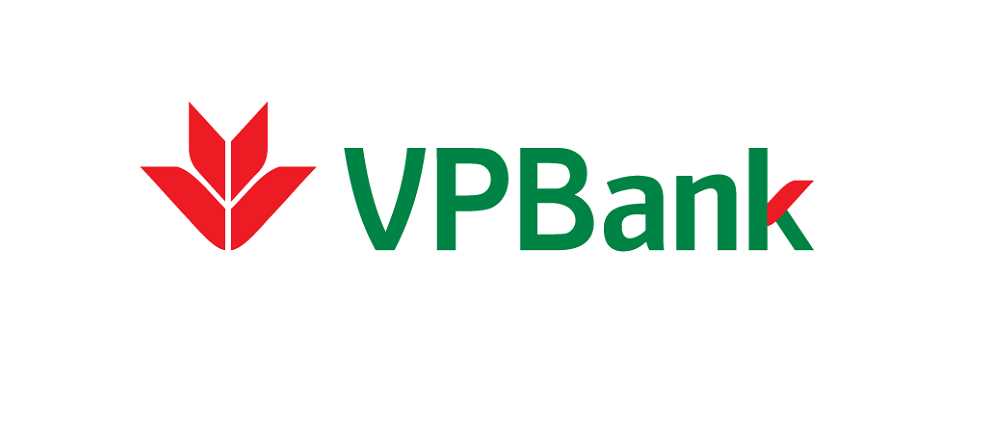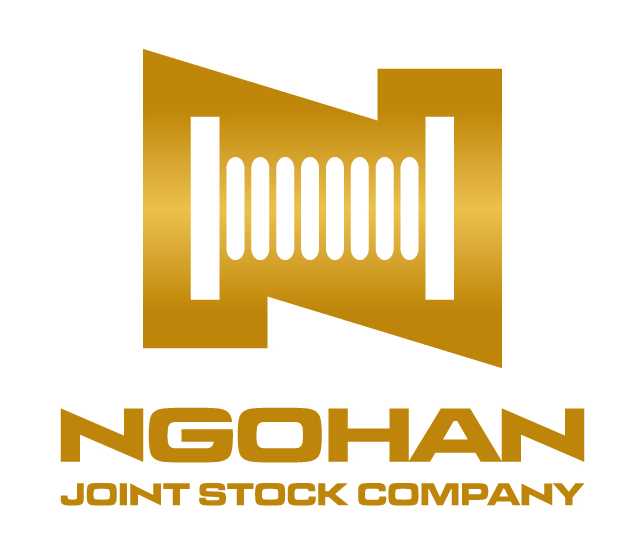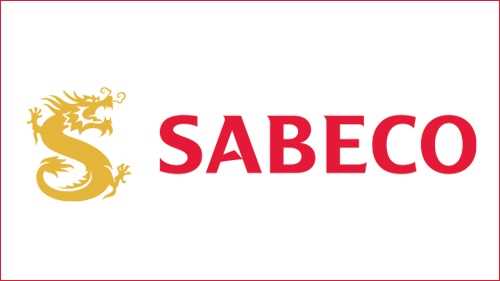Mục lục [Ẩn]
Tháng 10 năm 2016, Hiệp hội ô tô thế giới (IATF) đã phát hành tiêu chuẩn IATF 16949:2016 - tiêu chuẩn về hệ thống quản lý chất lượng cho ngành ô tô (QMS). Phiên bản này sẽ thay thế hoàn toàn tiêu chuẩn ISO/TS 16949:2009, với giai đoạn chuyển tiếp kết thúc vào ngày 14/9/2018.
Để giúp quý vị tìm hiểu về nội dung tiêu chuẩn này - chúng tôi gửi quý vị các đề mục như dưới đây:
1.1 SCOPE – AUTOMOTIVE SUPPLEMENTAL TO ISO 9001:2015
1 SCOPE
IATF 16949:2016 - TABLE OF CONTENTS
2.1 NORMATIVE AND INFORMATIVE REFERENCES
2 NORMATIVE REFERENCES
3 TERMS AND DEFINITIONS
3.1 TERMS AND DEFINITIONS FOR THE AUTOMOTIVE INDUSTRY
4 CONTEXT OF THE ORGANIZATION
4.1 UNDERSTANDING THE ORGANIZATION AND ITS CONTEXT
4.2 UNDERSTANDING THE NEEDS AND EXPECTATIONS OF INTERESTED PARTIES
4.3 DETERMINING THE SCOPE OF THE QUALITY MANAGEMENT SYSTEM
4.3.1 Determining the scope of the quality management system – supplemental
4.3.2 Customer-specific requirements
4.4 QUALITY MANAGEMENT SYSTEM AND ITS PROCESSES
4.4.1.1 Conformance of products and processed
4.4.1.2 Product safety
5 LEADERSHIP
5.1 LEADERSHIP AND COMMITMENT
5.1.1 GENERAL
5.1.1.1 Coporate responsibility
5.1.1.2 Process effectiveness and efficiency
5.1.1.3 Process owners
5.1.2 CUSTOMER FOCUS
5.2 POLICY
5.2.1 ESTABLISHING THE QUALITY POLICY
5.2.2 COMMUNICATING THE QUALITY POLICY
5.3 ORGANIZATIONAL ROLES, RESPONSIBILITIES AND AUTHORITIES
5.3.1 Organizational roles, responsibilities, and authorities – supplemental
5.3.2 Responsibility and authority for product requirements and corrective actions
6 PLANNING
6.1 ACTIONS TO ADDRESS RISKS AND OPPORTUNITIES
6.1.1 AND
6.1.2 6.1.2.1 Risk analysis
6.1.2.2 Preventive action
6.1.2.3 Contingency plans
6.2 QUALITY OBJECTIVES AND PLANNING TO ACHIEVE THEM
6.2.1 AND
7 SUPPORT
7.1 RESOURCES
7.1.1 GENERAL
7.1.2 PEOPLE
7.1.3 INFRASTRUCTURE
7.1.3.1 Plant, facility, and equipmentplanning
7.1.4 ENVIRONMENT FOR THE OPERATION OF PROCESSES
7.1.4.1 Environment for the operation of processes – supplemental
7.1.5 MONITORING AND MEASURING RESOURCES
7.1.5.1 GENERAL
7.1.5.1.1 Measurement systems analysis
7.1.5.2 MEASUREMENT TRACEABILITY
7.1.5.2.1 Calibration/verification records
7.1.5.3 Laboratory requirements
7.1.5.3.1 Internal laboratory
7.1.5.3.2 External laboratory
7.1.6 ORGANIZATIONAL KNOWLEDGE
7.2 COMPETENCE
7.2.1 Competence – supplemental
7.2.2 Competence – on-the-job training
7.2.3 Internal auditor competency
7.2.4 Second-party auditor competency
7.3 AWARENESS
7.3.1 Awareness – supplemental
7.3.2 Employee motivation and empowerment
7.4 COMMUNICATION
7.5 DOCUMENTED INFORMATION
7.5.1 GENERAL
7.5.1.1 Quality management system documentation
7.5.2 CREATING AND UPDATING
7.5.3 CONTROL OF DOCUMENTED INFORMATION
7.5.3.1 AND
7.5.3.2 7.5.3.2.1 Record retention
7.5.3.2.2 Engineering specifications
8 OPERATION
8.1 OPERATIONAL PLANNING AND CONTROL
8.1.1 Operational planning and control - supplemental
8.1.2 Confidentiality
8.2 REQUIREMENTS FOR PRODUCTS AND SERVICES
8.2.1 CUSTOMER COMMUNICATION
8.2.1.1 Customer communication – supplemental
8.2.2 DETERMINING THE REQUIREMENTS FOR PRODUCTS AND SERVICES
8.2.2.1 Determining the requirements for products and services – supplemental
8.2.3.1.1 Review of the requirements for products and services – supplemental
8.3.3.1.2 Customer-designated special characteristics
8.3.3.1.3 Organization manufacturing feasibility
8.2.4 CHANGES TO REQUIREMENTS FOR PRODUCTS AND SERVICES
8.3 DESIGN AND DEVELOPMENT OF PRODUCTS AND SERVICES
8.3.1 GENERAL
8.3.1.1 Design and development of products and services – supplemental
8.3.2 DESIGN AND DEVELOPMENT PLANNING
8.3.2.1 Design and development planning – supplemental
8.3.2.2 Product design skills
8.3.2.3 Development of products with embedded software
8.3.3 DESIGN AND DEVELOPMENT INPUTS
8.3.3.1 Product design input
8.3.3.2 Manufacturing process design input
8.3.3.3 Special characteristics
8.3.4 DESIGN AND DEVELOPMENT CONTROLS
8.3.4.1 Monitoring
8.3.4.2 Design and development validation
8.3.4.3 Prototype programme
8.3.4.4 Product approval process
8.3.5 DESIGN AND DEVELOPMENT OUTPUTS
8.3.5.1 Design and development outputs – supplemental
8.3.5.2 Manufacturing process design output
8.3.6 DESIGN AND DEVELOPMENT CHANGES
8.3.6.1 Design and development changes – supplemental
8.4 CONTROL OF EXTERNALLY PROVIDED PROCESSED, PRODUCTS AND SERVICES
8.4.1 GENERAL
8.4.1.1 General – supplemental
8.4.1.2 Supplier selection process
8.4.1.3 Customer-directed sources (also known as “Directed-Buy”)
8.4.2 TYPE AND EXTENT OF CONTROL
8.4.2.1 Type and extent of control – supplemental
8.4.2.2 Statutory and regulatory requirements
8.4.2.3 Supplier quality management system development
8.4.2.3.1 Automotive product-related software or automotive products with embedded software
8.4.2.4 Supplier monitoring
8.4.2.4.1 Second-party audits
8.4.2.5 Supplier development
8.4.3 INFORMATION FOR EXTERNAL PROVIDERS
8.4.3.1 Information for external providers – supplemental
8.5 PRODUCTION AND SERVICE PROVISION
8.5.1 CONTROL OF PRODUCTION AND SERVICE PROVISION
8.5.1.1 Control plan
8.5.1.2 Standardized work – operator instructions and visual standards
8.5.1.3 Verification of job set-ups
8.5.1.4 Verification after shutdown
8.5.1.5 Total productive maintenance
8.5.1.6 Management of production tooling and manufacturing, test, inspection tooling and equipment
8.5.1.7 Production scheduling 8.5.2 IDENTIFICATION AND TRACEABILITY
8.2.1 Identification and traceability – supplemental
8.5.3 PROPERTY BELONGING TO CUSTOMERS OR EXTERNAL PROVIDERS
8.5.4 PRESERVATION
8.5.4.1 Preservation – supplemental
8.5.5 POST-DELIVERY ACTIVITIES
8.5.5.1 Feedback of information from service
8.5.5.2 Service agreement with customer
8.5.6 CONTROL OF CHANGES
8.5.6.1 Control of changes – supplemental
8.5.6.1.1 Temporary change of process controls
8.6 RELEASE OF PRODUCTS AND SERVICES
8.6.1 Release of products and services – supplemental
8.6.2 Layout inspection and functional testing
8.6.3 Appearance items
8.6.4 Verification and acceptance of conformity of externally provided products and services
8.6.5 Statutory and regulatory conformity
8.6.6 Acceptance criteria
8.7 CONTROL OF NONCONFORMING OUTPUTS
8.7.1.1 Customer authorization for concession
8.7.1.2 Control of nonconforming product – customer-specified process
8.7.1.3 Control of suspect product
8.7.1.4 Control of reworked product
8.7.1.5 Control of repaired product
8.7.1.6 Customer notification
8.7.1.7 Nonconforming product disposition
9 PERFORMANCE EVALUATION
9.1 MONITORING, MEASUREMENT, ANALYSIS AND EVALUATION
9.1.1 GENERAL
9.1.1.1 Monitoring and measurement of manufacturing processes
9.1.1.2 Identification of statistical tools
9.1.1.3 Application of statistical concepts
9.1.2 CUSTOMER SATISFACTION
9.1.2.1 Customer satisfaction - -supplemental
9.1.3 ANALYSIS AND EVALUATION
9.1.3.1 Prioritization
9.2 INTERNAL AUDIT
9.2.1 AND
9.2.2 9.2.2.1 Internal audit programme
9.2.2.2 Quality management system audit
9.2.2.3 Manufacturing process audit
9.2.2.4 Product audit
9.3 MANAGEMENT REVIEW
9.3.1 GENERAL
9.3.1.1 Management review – supplemental
9.3.2 MANAGEMENT REVIEW INPUTS
9.3.2.1 Management review inputs – supplemental
9.3.3 MANAGEMENT REVIEW OUTPUTS
9.3.3.1 Management review outputs – supplemental
10 IMPROVEMENT
10.1 GENERAL
10.2 NONCONFORMITY AND CORRECTIVE ACTION
10.2.1 & 10.2.2 10.2.3 Problem solving
10.2.4 Error-proofing
10.2.5 Warranty management systems
10.2.6 Customer complaints and field failure test analysis
10.3 CONTINUAL IMPROVEMENT
10.3.1 Continual improvement – supplemental
ANNEXA: CONTROL PLAN
A. PHASES OF THE CONTROL PLAN
B. ELEMENTS OF THE CONTROL PLAN ANNEX
B: BIBLIOGRAPHY – SUPPLEMENTAL AUTOMOTIVE
Hiện nay nhiều doanh nghiệp còn lúng túng khi chuyển đổi từ ISO/TS16949 sang IATF 16949. Hãy để các Chuyên gia tư vấn mách bạn những Thay đổi chính từ ISO/TS 16949:2009 sang IATF 16949:2016.
Những mốc thời gian quan trọng cần nhớ:>> Quý khách hàng có nhu cầu đào tạo tại công ty (inhouse) xin vui lòng liên hệ với iRTC tại đây.
Xin vui lòng liên hệ với chúng tôi để biết cụ thể chương trình các khóa đào tạo
Khóa Học Lean Six Sigma Black Belt
Khóa Học Lean Six Sigma Yellow Belt
KHÓA HỌC LEAN SIX SIGMA GREEN BELT
KHÓA CHUYÊN ĐỀ HỒI QUY TUYẾN TÍNH - SPECIAL COURSE OF MODEL REGRESSION ANALYSIS
KHÓA HỌC VSM – LƯU ĐỒ CHUỖI GIÁ TRỊ
Khóa học Supply Chain Management - Quản trị chuỗi cung ứng
Khóa học Quản lý Dự Án Xây Dựng
KHÓA HỌC KỸ NĂNG GIẢI QUYẾT VẤN ĐỀ THEO PHƯƠNG PHÁP 8D/ PROBLEM SOLVING – 8D METHOD
Khóa học FMEA - Failure Modes and Effects Analysis
Khóa Học TPS – Toyota Production System
Khóa Học TPM - Total Productive Management
KHÓA HỌC ỨNG DỤNG 7 CÔNG CỤ IE TRONG HOẠT ĐỘNG CẢI TIẾN

